According to the weekly quota assessment, Türkiye's quota filling rate started to increase. Especially the 100% utilisation of railway materials quota is seen as a positive development.
According to the assessment, Türkiye fully utilised its allocated quota of 1,554 tonnes of railway materials, achieving 100% utilisation. This is a positive indicator reflecting Türkiye's potential in steel exports.
When we look at Türkiye's other types of quota utilisation, it is observed that the hollow section quota is rapidly depleting. 97,859 tonnes of the 98,208 tonnes of hollow section quota were used, resulting in an occupancy rate of 99.64 percent.
Türkiye's performance for other types of steel quota is as follows;
Only 27,822 tonnes of 117,510 tonnes of wire rod quota was used (23.68%).
40,290 tonnes out of 469,183 tonnes of HRC quota were used (8.59%).
9,350 tonnes of 38,012 tonnes of welded pipe quota was used (24.60%).
Only 8,101 tonnes of 51,291 tonnes of unalloyed steel wire quota was used (15.79%).
8,342 tonnes of 14,905 tonnes of wide welded pipe quota were used (55.97%).
12,414 tonnes out of a quota of 94,233 tonnes of rebar were used (13.17%).
Compared to other countries, it is observed that China, in particular, completely filled some of its quotas. China has shown a remarkable performance by filling its quota of 127,995 tonnes of 4B metallic coated sheet and 6,987 tonnes of sheet metal. India, on the other hand, has fully utilised its quota of 31,678 tonnes of stainless bar and light section.
These quota fulfilment rates in Türkiye's steel exports stand out as an important indicator in terms of shaping the future strategies of the steel industry. These developments reflect the efforts of the Turkish steel industry to increase its competitiveness in the international market.

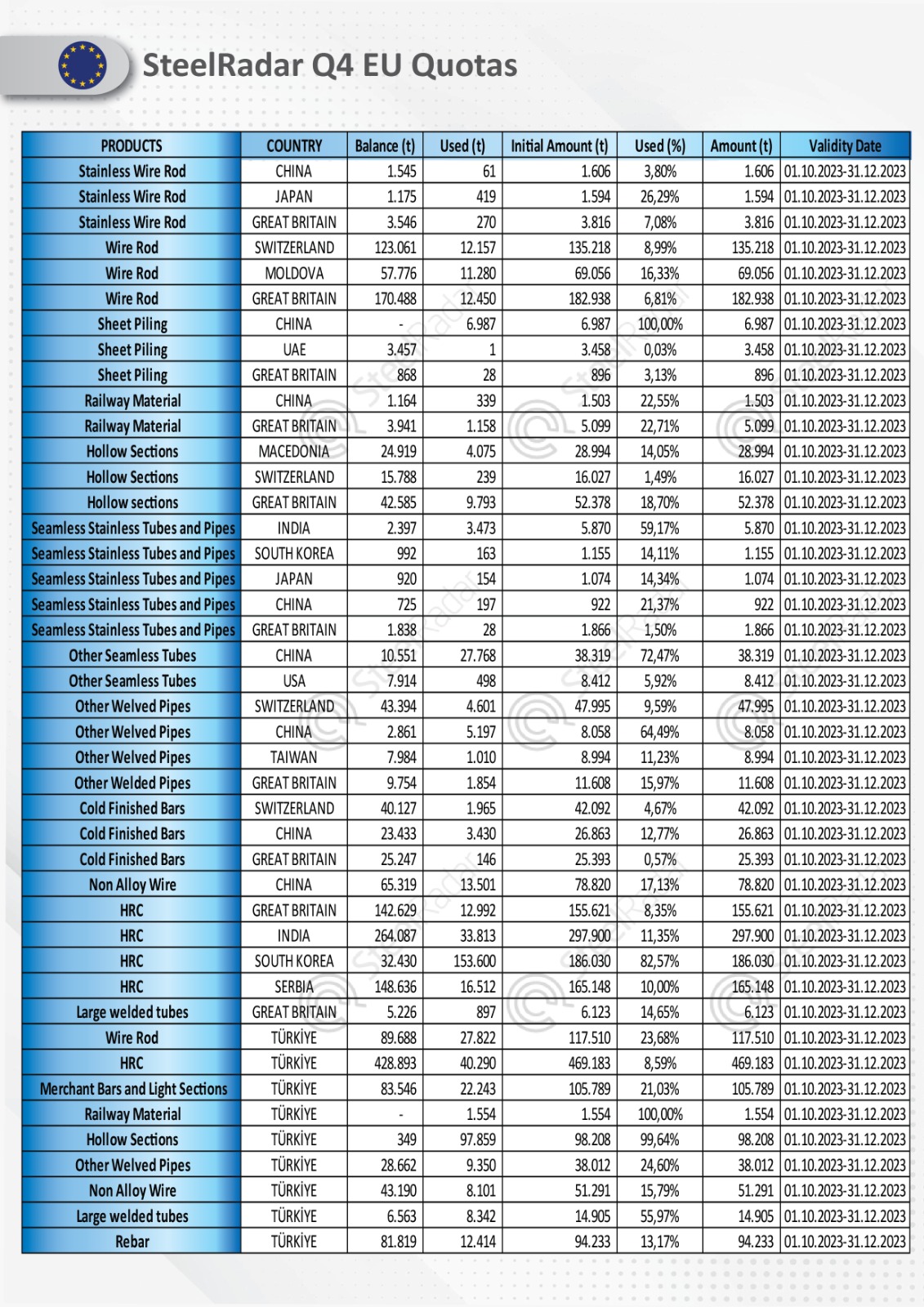


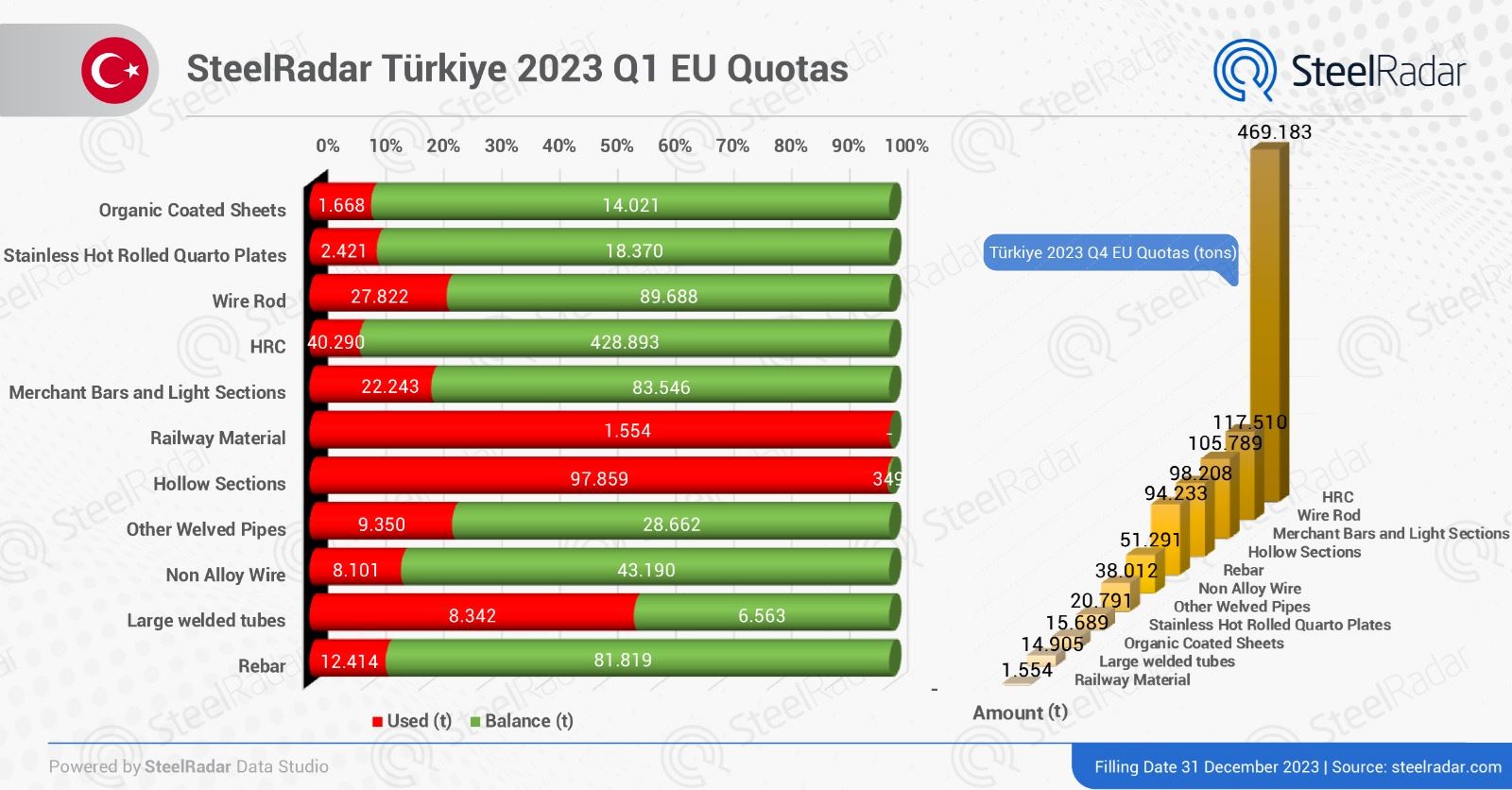

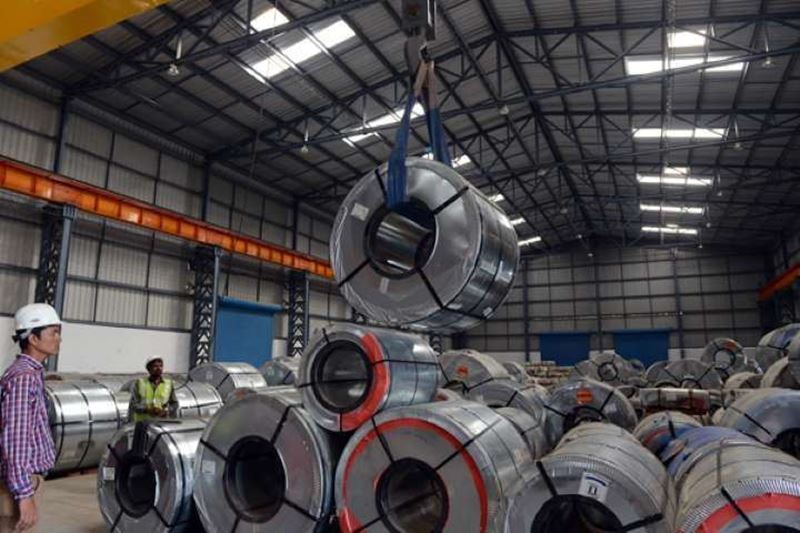
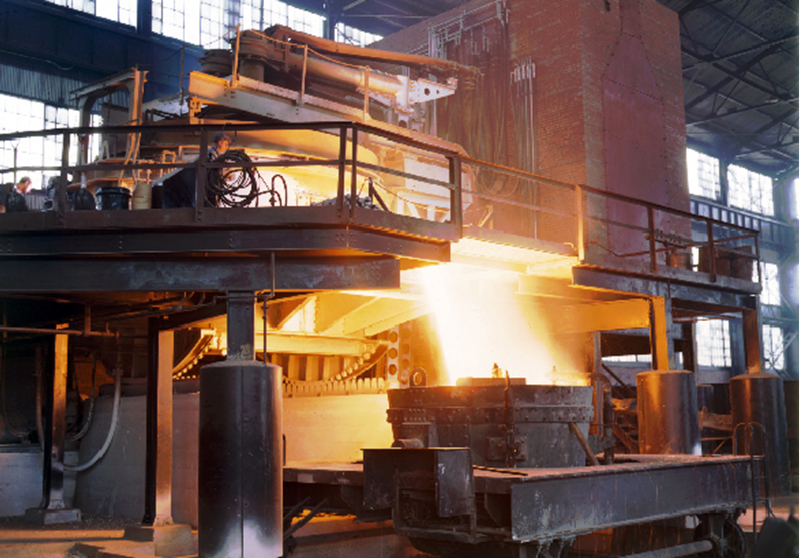
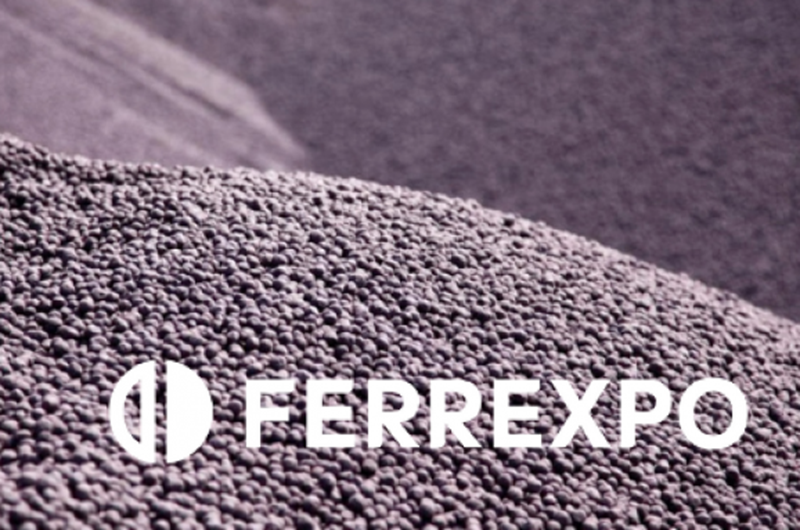
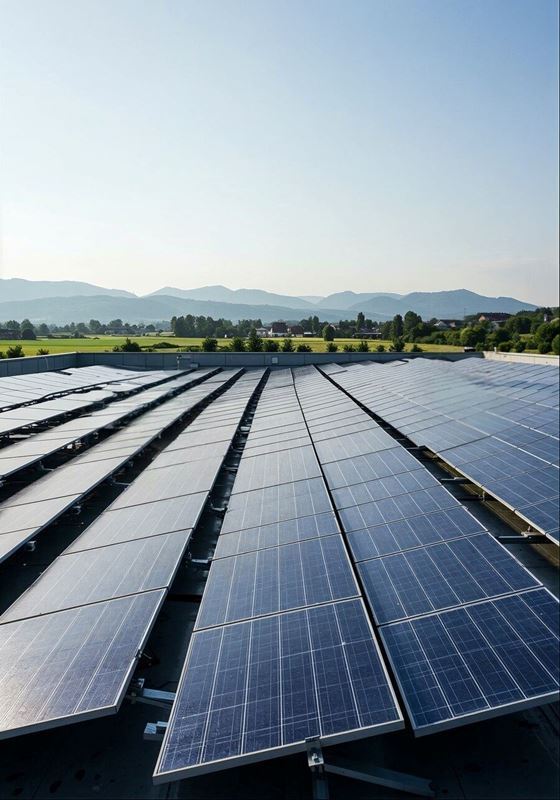
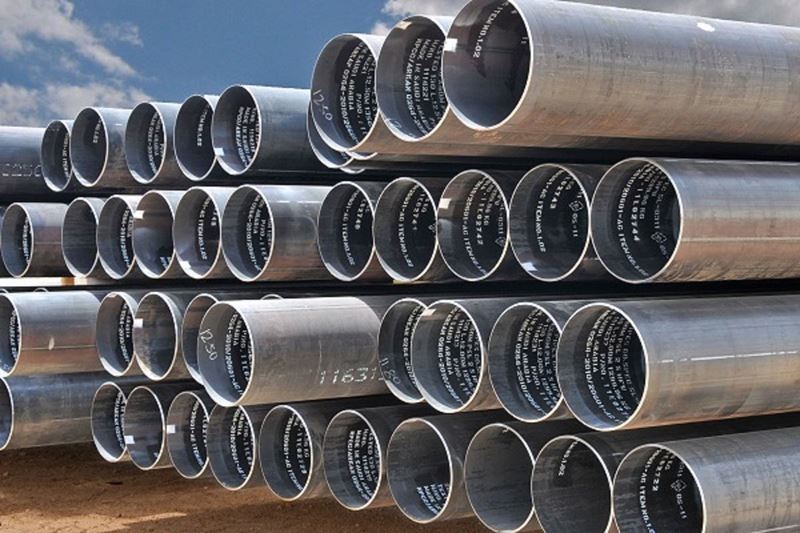


Comments
No comment yet.